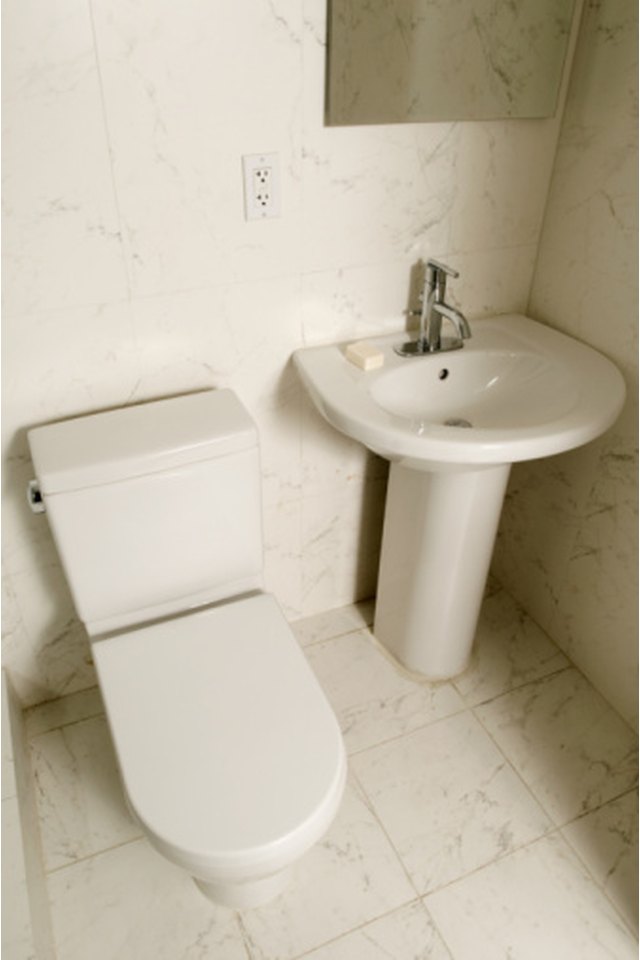Exercises for Urinary Sphincter Muscles

The urinary sphincter muscles are located at the base of the pelvic floor. They help control urine flow as well as prevent leaking of urine from the bladder. Sphincter muscles are circular and surround the opening of the urethra where it connects to the bladder. The urethra is a tubular structure that extends from the bladder to the outside of the body, through which urine flows. As we grow older, our sphincter muscles may weaken. Exercise strengthens this muscle and helps prevent incontinence.
Kegels
Kegel exercises are among of the most common exercises that strengthen the sphincter muscles. You can do Kegels anytime without anyone knowing you're doing them. Tighten the muscles in your pelvic floor as if you're holding in urine. Hold for five, 10 or 20 seconds or longer, maintaining the contraction for longer periods as you gain control over this small but very important muscle. Perform this exercise several times a day for five minutes for improved bladder control in three to six weeks. Men diagnosed with prostate cancer may have difficulty with urinary incontinence. Kegel exercises work for men as well as women.
Hold It
Strengthen your urinary sphincter muscles by training your bladder to hold urine for longer periods. This may mean breaking the habit of urinating the instant you feel the urge, which may result in a weak bladder and weakened sphincter muscles. Your bladder can hold up to 550 ml of urine. Incontinence may occur due to weakened bladder muscles. Attempt to delay your urge to urinate by 10 to 20 minutes, and contract your lower pelvic floor muscles. Resist going to the bathroom more frequently than once every 90 minutes and gradually extend your time to urinating every three to four hours through the day.
Vaginal Cone
Vaginal cone therapy is another form of Kegel training exercise performed in a clinical setting to start. The vaginal cone is a weighted conical shaped device inserted into the vagina. Contracting the pelvic floor muscles serves to keep the cone in place and enables women to hold the contraction for up to 15 minutes. Performed twice a day, the vaginal cone method may help improve symptoms of incontinence in a matter of weeks.
Pelvic Tilts
Pelvic tilting exercises may also help reduce urinary incontinence and strengthen the pelvic floor and sphincter muscles. Lie on your back with knees raised with your feet straight, soles on the floor. Tuck the pelvis under, slightly lifting the buttocks off the floor. Pull in and tighten the muscles in the pelvic floor, squeezing tightly. Hold for 30 seconds and then release. Repeat the exercise with dorsiflexion of the feet, or lifting your toes toward your body while tilting the pelvis under during the lifting contraction. Then plant your toes into the floor, known as plantar flexion, and lift the heels while performing the pelvic tilt, again holding the contraction for 30 seconds. Relax and repeat the sequence, holding for 30 seconds each for a five-minute workout.
References
Writer Bio
Denise Stern is an experienced freelance writer and editor. She has written professionally for more than seven years. Stern regularly provides content for health-related and elder-care websites and has an associate and specialized business degree in health information management and technology.
